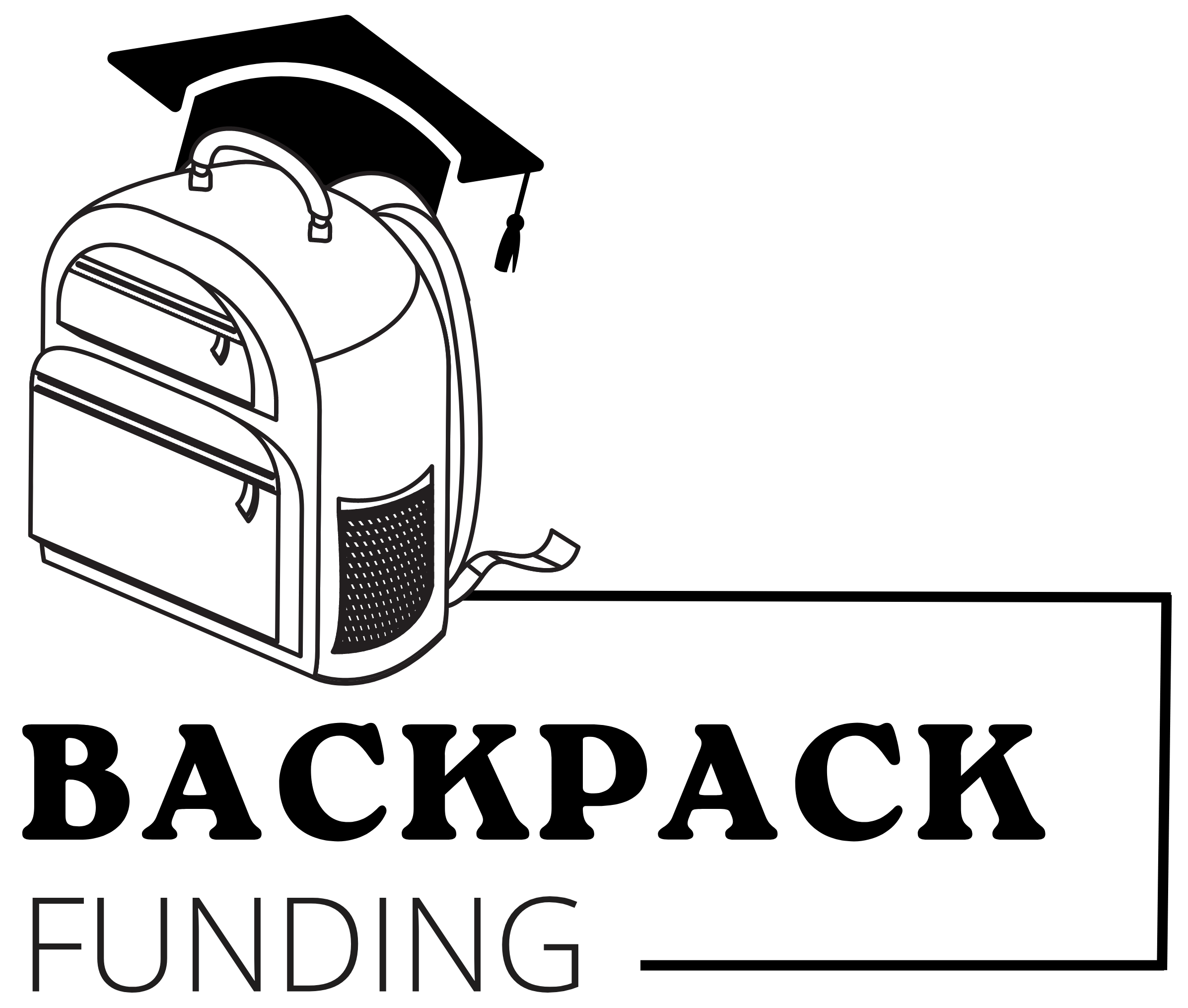Keeping you in the know about:
Backpack Funding
Empowering families to choose the best educational option for their child.
FOR STUDENTS
Morbi auctor feugiat maximus. Ut condimentum, mi ut efficitur molestie, nibh metus venenatis sapien.
FOR PARENTS
Morbi auctor feugiat maximus. Ut condimentum, mi ut efficitur molestie, nibh metus venenatis sapien.
FOR COMMUNITIES
Morbi auctor feugiat maximus. Ut condimentum, mi ut efficitur molestie, nibh metus venenatis sapien.
What is Backpack Funding?
Backpack funding stems from the Backpack Bill which empowers families to choose the educational option that best meets the needs of their child(ren). Backpack funding focuses attention and resources exactly where it should be: on the students. And it gives principals, teachers, and parents the chance to find out what works best for each student.
So what does this mean for you and your family? You will now have the ability to send your child(ren) to any school of their choice and funding is completely covered by the State.
School Choice Expands
State Education Dollars
Funding is provided through State, Local & Federal sources ensuring that your child can attend a school regardless of the cost.
School Choice Programs
Parents and their children are able to select a school to attend where they can grow and thrive according to their needs.
Student's School Success to Graduate
Improved academic performance stems from the ability for a student to be in a learning environment to fit their needs.
Educated Graduates in the Community
Students are able to contribute back to their communities by obtaining and education & a successful career path.

F.A.Q.
What is School Choice?
The term “school choice” means many things, depending who you ask. We created a resource that defines and illustrates school choice in our organization’s view, and if you keep scrolling on that page, we provide you with definitions for the many other types of school choice that exist today.
Who uses school choice programs?
In America’s system of residentially assigned district schooling, those who have the financial means exercise school choice by purchasing homes in districts that have high-performing schools. School choice programs break the link between housing and access to a quality education with the goal of expanding educational opportunity to all children, especially the most disadvantaged. At present, the school choice programs currently operating in 29 states plus Washington, D.C. primarily benefit children from low-income families and students with special needs.
How are school choice programs funded?
A well-designed school choice program allows funding the state already allocates for an individual student’s K–12 education to follow that student to the schools and service providers that best meet their needs—whether that’s a public school, a school in another district, a charter school, a private school, online learning, learning at home or a customized learning experience.
Can school choice help students with special needs?
School choice empowers families with students who have special needs to find what works for them. In fact, many school choice programs across the United States have been designed specifically to serve students with special needs because they often get left behind when they are simply assigned to a school under the traditional system. It’s important to note that families of students with special needs are informed of their rights when they opt into non-traditional programs. It’s also important to note that education savings accounts or ESAs, which allow families to tailor schooling options beyond tuition—for example, with specialized therapy or tutoring—represent the next wave of school choice and can be particularly helpful for students with special needs who require customized learning opportunities.
How does school choice affect public school students?
There’s a common misconception that if students leave a public school using voucher funds, those who choose to stay will have less money and fall behind academically. Another FAQ addresses the money question, but now, let’s look at student performance. The research shows public school students perform no worse, and sometimes better, because the voucher program encourages public schools to improve to meet students’ needs.
How does school choice affect students' academic performance?
Test scores can only tell us so much about a child’s schooling experience. But if we look at test scores only, the vast majority of random assignment studies—the gold-standard method in social science—find school choice programs help improve students’ academic performance, especially over time. There are a couple studies at the state level that show negative effects in the first year or two as students acclimate to new school cultures and curricula, but all show those students effectively turn around in three to four years.
How many programs are operating in the U.S.?
There are 76 educational choice programs on the books in 32 states, the District of Columbia and Puerto Rico.
Educational Freedom.
The idea is simple: Tax dollars should follow individual students to the schools where they are served, based on their needs, rather than distributed through district offices based on personnel formulas or other factors. Let the money follow the child.
